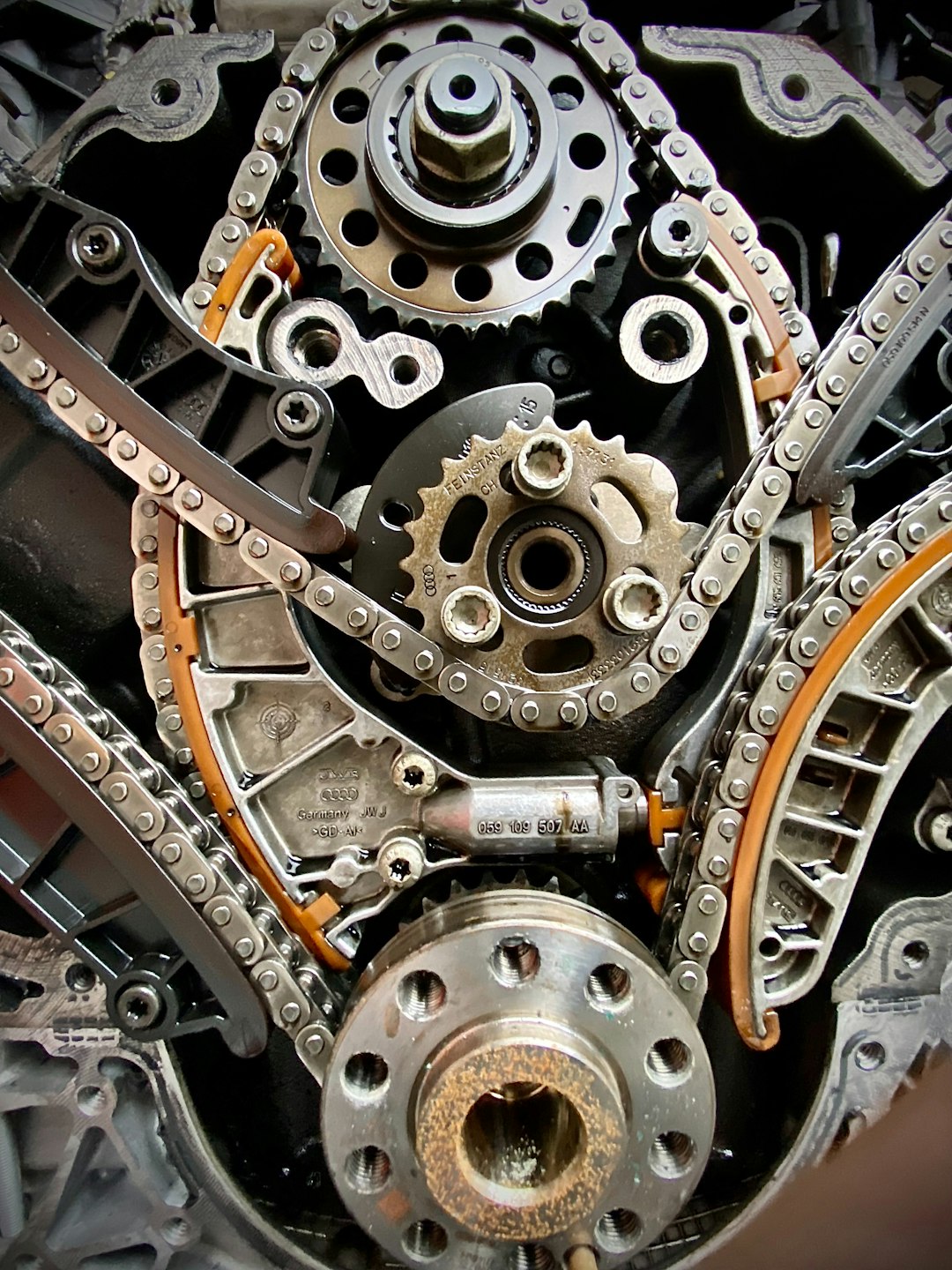
Industrial Equipment Maintenance Solution for Efficient Machine Balancing Operations
In the fast-paced world of industrial manufacturing, equipment reliability and efficiency are paramount. One crucial aspect that directly affects these factors is machine balancing. As industries strive for operational excellence, an effective Industrial Equipment Maintenance Solution tailored for machine balancing operations becomes essential. This article discusses the significance of such solutions, the latest trends, practical applications, and provides insights into optimizing maintenance strategies.
Understanding Machine Balancing
Machine balancing refers to the process of reducing vibrations in rotating equipment by ensuring that the mass distribution is uniform. Unbalanced machinery can lead to excessive wear, increased energy consumption, and even catastrophic failures. Regular maintenance and balancing are vital to prolonging the lifespan of equipment and ensuring smooth operations.
The Role of Industrial Equipment Maintenance Solutions
1. Predictive Maintenance
With advancements in IoT and data analytics, predictive maintenance has emerged as a game-changer in industrial equipment maintenance. By leveraging sensor data, organizations can predict when a machine will need maintenance, thereby minimizing downtime and optimizing resources. This proactive approach is crucial for balancing operations, as it allows technicians to address imbalances before they escalate into major issues.
2. Real-Time Monitoring
Modern Industrial Equipment Maintenance Solutions often incorporate real-time monitoring systems. These systems can continuously track the operational parameters of machines, identifying any deviations from the norm. By using tools like vibration analysis and thermal imaging, maintenance teams can quickly detect imbalances and take corrective actions.
Emerging Trends in Machine Balancing
1. Digital Twins
The concept of digital twins—virtual models of physical machines—has gained traction in industrial environments. By simulating the performance of equipment, operators can analyze various scenarios and predict how changes in operations will affect machine balancing. This insight enables smarter decision-making and more efficient maintenance strategies.
2. Integration with AI and Machine Learning
Integrating AI and machine learning algorithms into maintenance solutions is revolutionizing how industries approach machine balancing. These technologies analyze historical data to identify patterns and predict potential failures, allowing for timely interventions. For instance, AI can forecast when a machine is likely to become unbalanced based on usage trends, thus streamlining maintenance schedules.
Case Study: Successful Implementation in a Manufacturing Plant
A prominent automotive manufacturing plant recently adopted an Industrial Equipment Maintenance Solution focused on machine balancing. By implementing predictive maintenance and real-time monitoring, they reduced their machine downtime by 30% within the first six months. The maintenance team noted that they could address imbalances proactively, leading to a significant decrease in repair costs and an increase in production efficiency.
Tools for Efficient Machine Balancing Operations
To aid in maintaining and optimizing machine balancing, several tools and software solutions are available:
1. Vibration Analyzers
These instruments help in diagnosing machine imbalances by measuring vibrations and providing detailed reports on the condition of the equipment. Popular models include the SKF Vibration Analyzer and the Fluke 810.
2. Condition Monitoring Software
Tools like IBM Maximo and Siemens MindSphere enable companies to monitor machine health data, analyze performance trends, and manage maintenance schedules effectively.
3. Balancing Machines
Devices such as the Hofmann Geoliner and Schenck Balancing Machines are specifically designed for precision balancing, allowing for accurate adjustments and ensuring optimal performance.
Conclusion
Investing in an Industrial Equipment Maintenance Solution for efficient machine balancing operations is essential for modern manufacturing. As technology continues to evolve, organizations must adapt to incorporate predictive maintenance, real-time monitoring, and advanced analytics into their strategies. By doing so, they can achieve significant improvements in equipment reliability, operational efficiency, and ultimately, profitability.
For those interested in delving deeper into the world of industrial maintenance, consider exploring resources such as NASA’s Guide to Machinery Maintenance and Vibration Analysis Basics.
Stay updated with industry trends and insights by subscribing to our newsletter or exploring more articles on related topics. Your journey toward optimal machine balancing starts now!
Glossary of Terms
- Predictive Maintenance: A maintenance strategy that uses data analysis tools to predict equipment failures.
- Vibration Analysis: A technique used to monitor the condition of machinery by analyzing its vibration patterns.
- Digital Twin: A digital replica of a physical entity used for simulation and analysis.
By understanding and utilizing these concepts and technologies, businesses can ensure their machine balancing operations are efficient and effective, paving the way for improved productivity and reduced operational costs.


